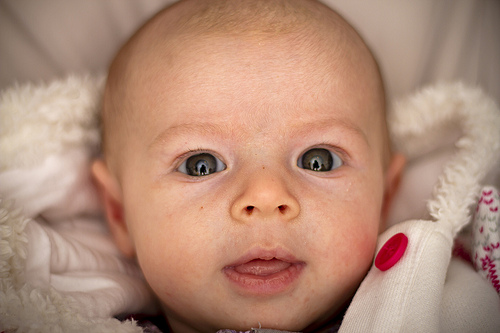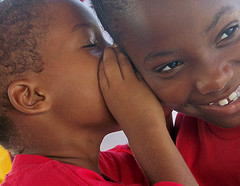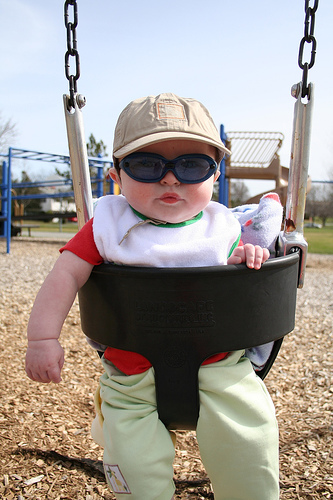A WW1 battleground is both a site of trauma and memory when buried soldiers are rediscovered.
‘Mametz Wood’ by Owen Sheers
For years afterwards the farmers found them –
the wasted young, turning up under their plough blades
as they tended the land back into itself.
A chit of bone, the china plate of a shoulder blade,
the relic of a finger, the blown
and broken bird’s egg of a skull,
all mimicked now in flint, breaking blue in white
across this field where they were told to walk, not run,
towards the wood and its nesting machine guns.
And even now the earth stands sentinel,
reaching back into itself for reminders of what happened
like a wound working a foreign body to the surface of the skin.
This morning, twenty men buried in one long grave,
a broken mosaic of bone linked arm in arm,
their skeletons paused mid dance-macabre
in boots that outlasted them,
their socketed heads tilted back at an angle
and their jaws, those that have them, dropped open.
As if the notes they had sung
have only now, with this unearthing,
slipped from their absent tongues.
Analysis of ‘Mametz Wood’
Mametz Wood, in northern France, was the site of a battle during the First World War, in July 1916. Sheers portrays a strong connection between the environment and the battle throughout the poem.
The bones of the ‘wasted youth’ who died on the battle site keep ‘turning up under [the farmers’] plough blades’. Like ‘a wound working a foreign body to the surface of the skin’, the earth is now surfacing bits of the buried soldiers’ bones. Neither the bones nor the memories can be safely buried and permanently forgotten. Both are surfacing again, as if the land is haunted by the trauma of the battle.
The idea of a wound also suggests that the land itself injured. Indeed, the farmers continue to care for the land ‘for years afterwards’ to turn ‘the land back into itself’, suggesting the battle altered it beyond recognition.
In the face of this kind of lasting damage, our impulse may be to block out memories of war – but our remembrance is vital. This is why the ‘earth stands sentinel’, guarding protectively over the men buried within it. The land itself has become a site of remembrance, ‘reaching back into itself for reminders of what happened’.

The rediscovered presence of the soldiers’ bodies forces us to confront and commemorate their deaths, and to reflect on the impact of war. Death has prematurely silenced these young men. However, the skeletons are found with their jaws ‘dropped open’, prompting the speaker to reflect that it is ‘only now, with this unearthing’, that we may hear ‘the notes they had sung’. In other words, unearthing the bodies has finally given the dead soldiers a voice.
The wound image, then, also has a positive side. If the foreign body can surface, the wound can finally begin to heal. By remembering, rather than avoiding, war, we can begin to overcome the trauma it causes. Place is intimately connected with memory: the site of Mametz Wood becomes commemorative and so, by allowing us to access the past, helps us to move towards the future.



